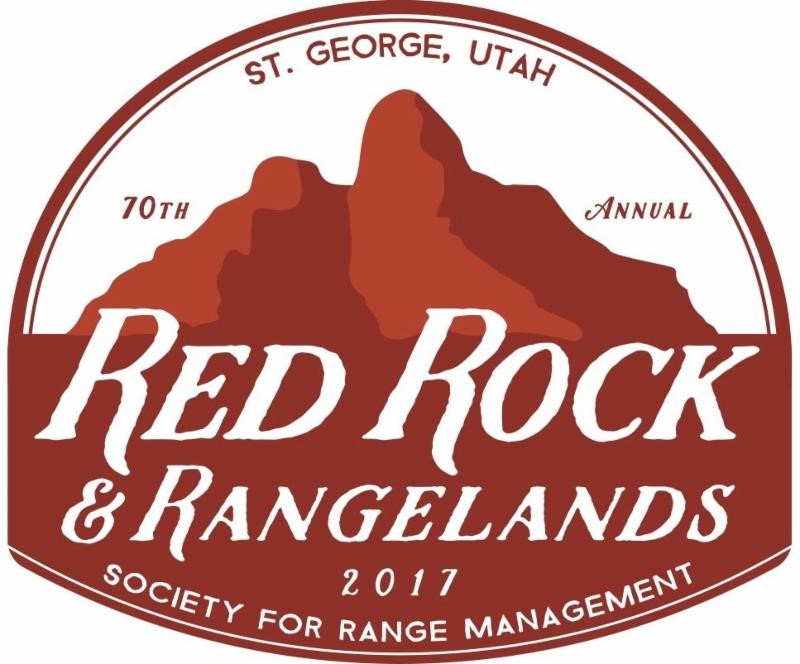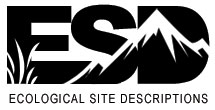 |
December 9-11, 2008 Reno, Nevada Grand Sierra Resort and Casino |
 |
View the powerpoints from the Plenary Session and all 6 Workshops
You are invited to participate in an innovative symposium and workshop that will explore the interactions among exotic invasive plants, native plants, and changing wildfire regimes on the Colorado Plateau and in the Sonoran, Chihuahuan, Mojave, and Great Basin deserts of North America. Invasive plants are changing the ecology of the American Deserts, resulting in profound impacts to social, economic, and natural resource values. Examples of exotic invasive plants that change wildfire regimes include, but are not limited to, cheatgrass, red brome, buffelgrass, and medusahead wildrye. Complicating the exotic invasive species/wildfire cycle is the encroachment and potential dominance of invasive native plants such as juniper and pinyon pine in the cold deserts and mesquite and creosote bush in the hot deserts.
The primary goal of this program is to further develop practical frameworks for managing exotic invasive plants and wildfires. To do that, we intend to find out what scientists have learned and what needs further study; what managers in the different desert regions have tried; what on-the-ground management has worked and what hasn't; and identify needs and solutions for effective management.
The timing of the program is intended to help heighten the awareness, under a new administration, of these critical issues that can have major impacts on socioeconomic aspects of the American society.
The major topics covered in the symposium and workshop will include:
- Historical fire regimes, desert ecology and current management.
- Invasive plants/wildfire status and predicted trends (includes climate change).
- Fire and fuels management strategies.
- Control techniques for key invasive plants including but not limited to biological (livestock and natural enemies), mechanical, chemical, and cultural (prescribed fire and grazing) treatments.
- Contemporary post-fire restoration practices and effectiveness in the short and long terms.
- Case studies in adaptive management of fire-prone landscapes.
- Social and economic impacts on and from ecological and fire regime changes.
Sponsorship and support (to date) for this effort comes from:
- Society for Range Management (SRM), Center for Professional Education and Development (CPED)
- Bureau of Land Management (BLM)
- Joint Fire Science Program (JFSP)
- Agricultural Research Service (ARS)
- U.S. Geological Service
- Arizona State Parks, Resource Management Section Heritage Program
- The Nature Conservancy (TNC)
- University of Nevada, Reno (UNR)
- U.S. Fish and Wildlife Service - Region 2 Refuges Fire Management
- Invasive Plant Science and Management Journal (WSSA)
- Western Reclamation, Inc.
- Rocky Mountain Research Station
- Western Rural Development Center
- Natural Resources Conservation Service
- Desert Managers Group
- SageSTEP
- Mohave Desert Initiative Partners
- Desert Research Institute
- International Association of Wildland Fire (IAWF)
- Great Basin Cooperative Ecosystem Study Unit
- Arizona-Sonora Desert Museum
- Center for Invasive Plant Management
- Utah State University College of Natural Resources
- Eastern Nevada Landscape Coalition
- Western Governors' Association
- Granite Seed
- B&J Trading, LLC, distributor for Intelli-Spray
- For more information about this program please contact:
- Linda Coates-Markle, BLM Liaison to the
Society for Range Management
303-986-3309 or lcmarkle@rangelands.org
Monday, December 8
- W1192 - Economic, Social, and Ecological Issues of Rangeland Fragmentation that Affect Rangeland Sustainability and Rural Communities. Western Region Research Committee.
Meeting Room: Nevada 7 - Great Basin Cooperative Ecosystem Study Unit
Meeting Room: Nevada 6 - Intermountain Regional Observatory Network (IRON)
Meeting Room: Nevada 6
Tuesday, December 9
Meeting Room: Crystal Ballroom
- Continental Breakfast - Hosted by W1192, WERA1005 - Western Rural Development committee, and the Western Rural Development Center
- Plenary Session
- Luncheon with Western Governors
- Poster Session with Buffet Dinner
Wednesday, December 10
Meeting Room: Crystal Ballroom
- Continental Breakfast
- Workshop: Hot Desert Fire and Invasive Species Management: Resources, Strategies, Tactics, and Response
- Workshop: Cold Desert Fire and Invasive Species Management: Resources, Strategies, Tactics, and Response
- Luncheon
- Workshop: Effective Invasive Plants Management
- Workshop: Fuels Management at the Landscape Scale
- Dinner on your own
- Nevada Section Winter Meeting
Thursday, December 11
Meeting Room: Crystal Ballroom
- Wildfire Rehabilitation and Restoration: Triage in the Pursuit of Resilience
- Wrap-up and Syntheses of Audience Input
- Conference Ends at Noon
- Synthesizers' Work time on Thursday PM
Meeting Room: Nevada 6
Friday, December 12
- Synthesizers' Work time on Friday AM
Meeting Room: Nevada 6
American Deserts Workshop Agenda
American Deserts Plenary Session
Great Basin Cooperative Ecosystem Study Unit Agenda






























 Society for Range Management
Society for Range Management